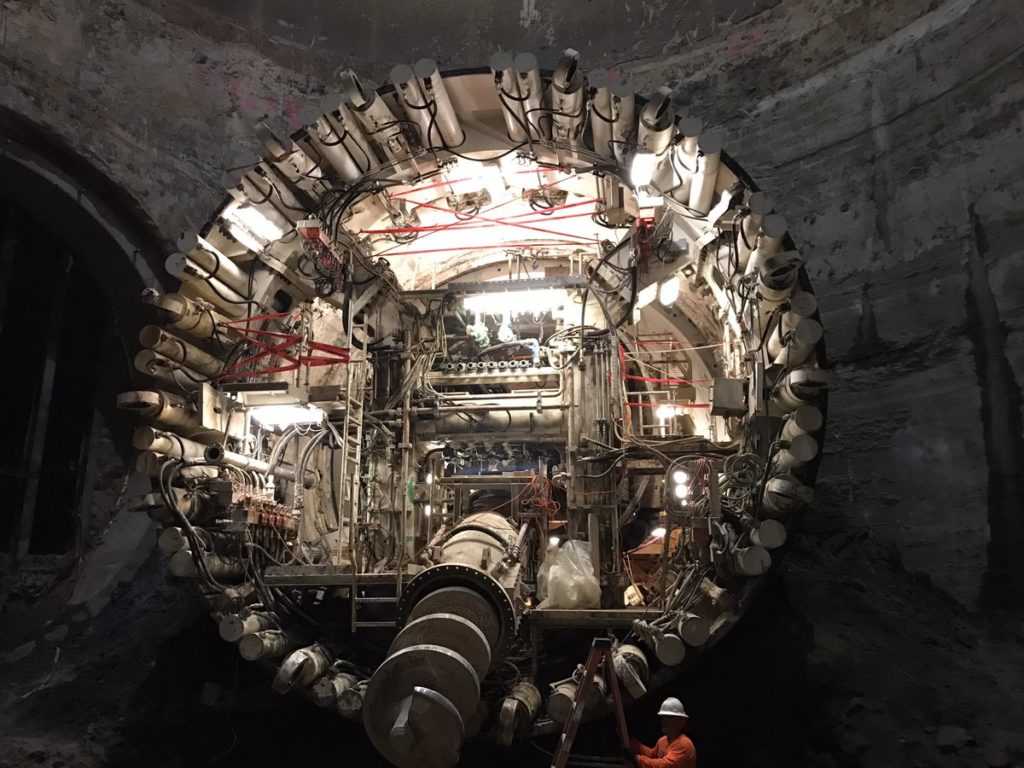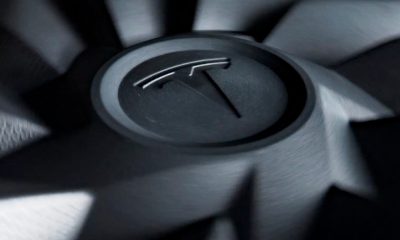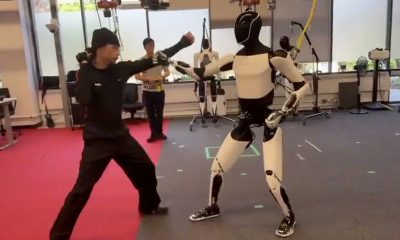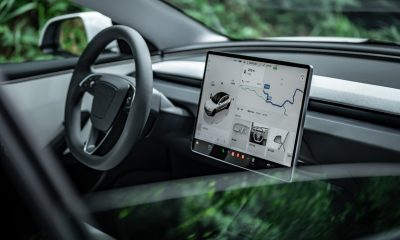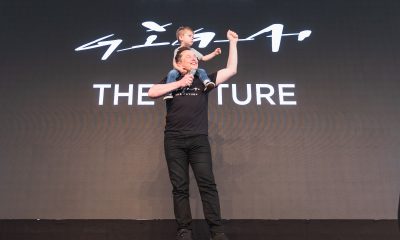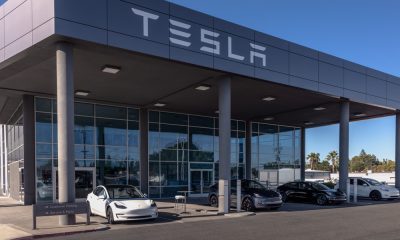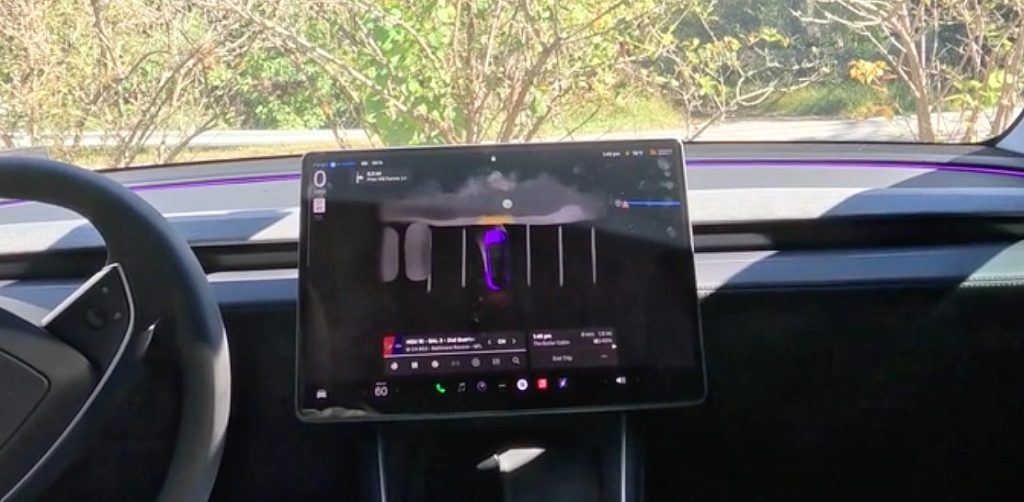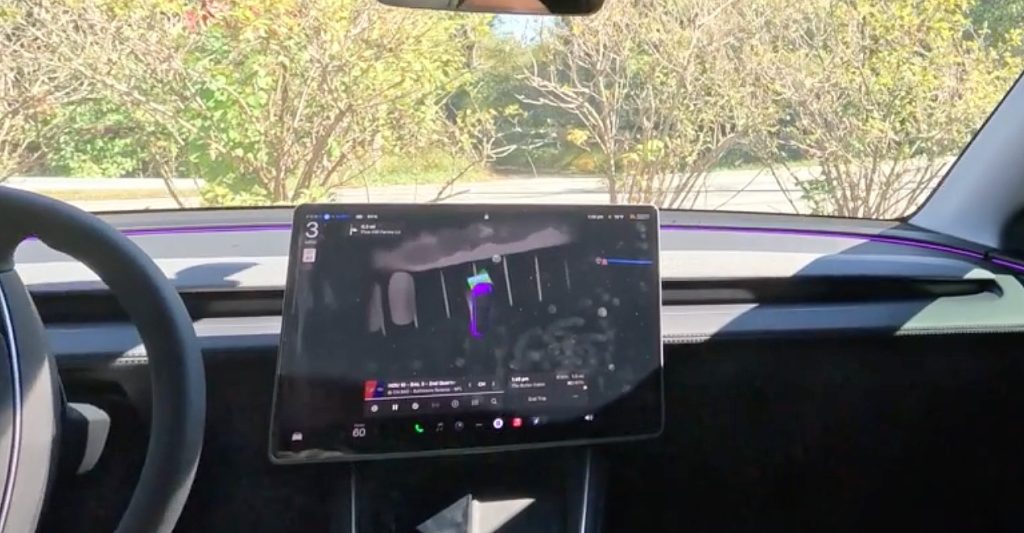News
Elon Musk’s new boring company aims to build 30 levels of tunnels for cars and Hyperloop
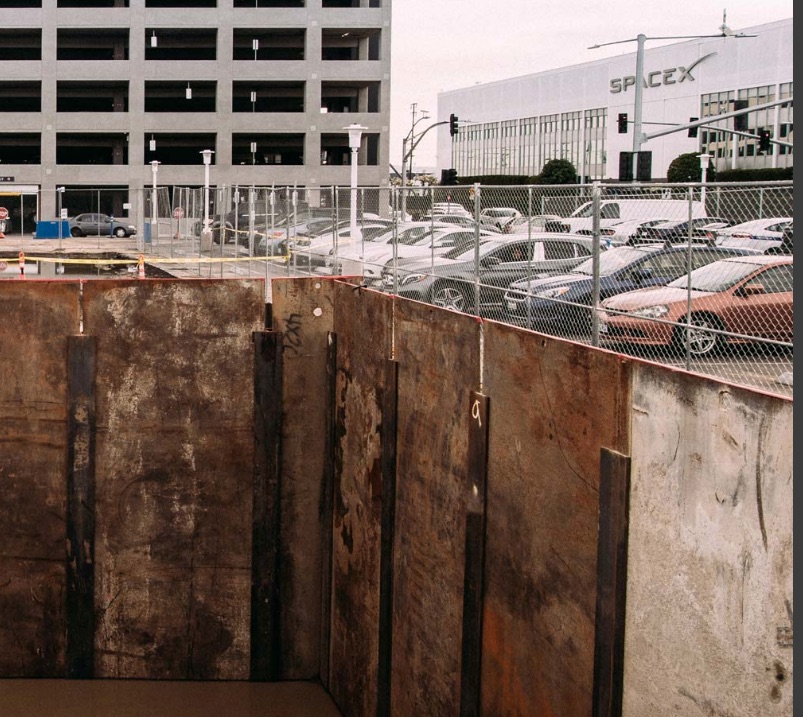
Elon Musk confirmed that he really is starting to a new tunneling company and as with many of his other side projects, it’s starting right there at SpaceX. He shed new light on the project yesterday in an interview with Bloomberg, announcing that the venture will be an independent venture aimed at building vast underground transportation networks for cars and high speed trains such as the Hyperloop.
What’s in a Name?
Musk’s sense of humor is evident in the list of potential names for the company, Elon even going so far as to consider trolling Toys “R” Us in suing: “My other idea was to call it Tunnels R Us and to essentially troll Toys “R” Us into filing a lawsuit,” the slightly deranged CEO cackled. In my mind, he’s channeling Mr. Burns from the Simpsons. “Now we’ve decided to troll AT&T instead! We’re going to call it American Tubes and Tunnels.”
Ultimately, he settled on The Boring Company which in and of itself is loaded with wordplay. Even the acronym is funny, rocking a big TBC, or To Be Continued, which is comical on more than a few levels with Musk always dreaming up, starting and delivering on yet another completely disruptive idea in a disparate industry.
To kick off this rather mundane company, Elon and SpaceX have a leader in charge but no full time staff though it has secured a domain over at BoringCompany.com.
New Details on The Dig
Elon shed some light on the team’s intentions with the original dig, stating that the only reason it started there is because they already own the land and wouldn’t need any additional permits to get started. In parallel to the on-site construction, a team is working to secure the necessary permits to extend the initial tear in the earth beyond the property lines of SpaceX.
The initial hole will evolve into a sort of ramp that will ultimately serve as the point of entry for a full sized boring machine to get down around 50 feet down which is necessary to avoid gas, sewer and other infrastructure that sits closer to the surface.
But where is it going? Musk and team have not shared any details on the actual destination of the tunnel. With Musk’s ideas and pension for getting things started, there’s likely a team of undergrad interns locked away in the basement of SpaceX mapping out the nuts and bolts of the tunneling solution including where this initial stretch will actually go.
To Infinity and Beyond
To get the project started and to really dig into the possibilities of tunnels, a used boring machine, dubbed Nessie, was purchased for pennies on the dollar, not so much to dig the hole, but to get the team grounded in the technology.
From there, Elon has full confidence that the speed of boring can be improved 5-10x which is based more on a first principles analysis of the technology than actual experience tunneling not that a lack of industry experience has ever stopped Elon in the past, having already transformed the online banking industry with Paypal, the entire automotive industry with Tesla and rocketry with SpaceX.
Disruption
Ever the mad scientist, Elon seems to thrive on change, seeing the possibility through the stagnation, or maybe because of it.
Looking more broadly at urban transportation, even Tesla + Hyperloop will have a tough time solving the problem if we are bound to the surface. Peeling back the crust reveals almost endless volumes of space to play with and Elon hopes to do just that, even talking of certain areas having 30 layers of tunnels which to the unimaginative minds of the masses is incomprehensible.
Whether or not Musk’s latest machination will make it off the property of SpaceX is yet to be seen but one thing is for certain – the fuse that is Elon Musk has been lit and he is going to make an honest effort at leveling up the way we get around town by taking us all underground.
Source: Bloomberg
News
Three things Tesla needs to improve with Full Self-Driving v14 release
These are the three things I’d like to see Tesla Full Self-Driving v14 improve.
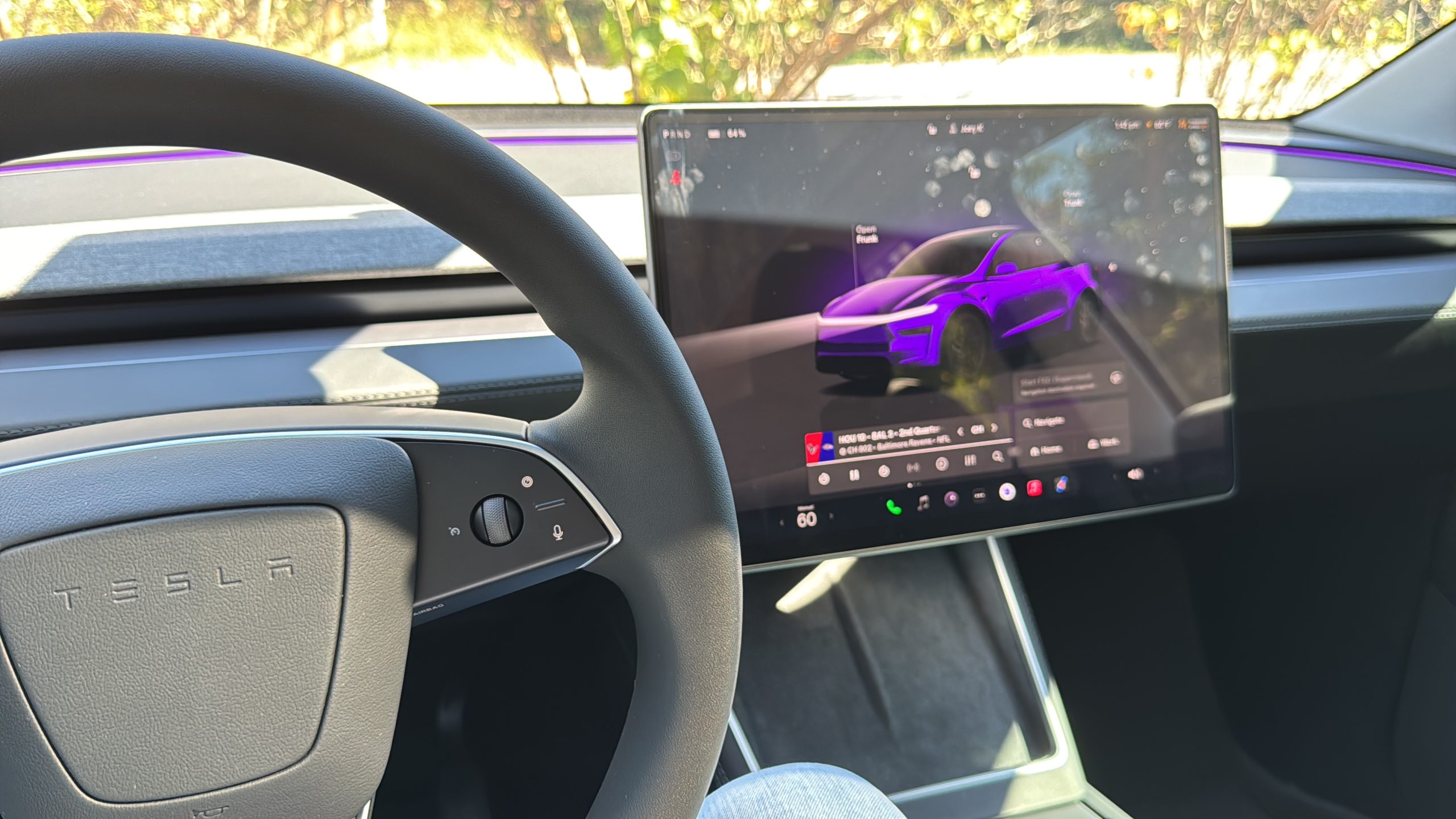
As Tesla plans to release Full Self-Driving version 14 this week after CEO Elon Musk detailed a short delay in its rollout, there are several things that continue to plague what are extremely well-done drives by the suite.
Tesla Full Self-Driving has truly revolutionized the way I travel, and I use it for the majority of my driving. However, it does a few things really poorly, and these issues are consistent across many drives, not just one.
Tesla Full Self-Driving impressions after three weeks of ownership
Musk has called FSD v14 “sentient” and hinted that it would demonstrate drastic improvements from v13. The current version is very good, and it commonly performs some of the more difficult driving tasks well. I have found that it does simple, yet crucial things, somewhat poorly.
These are the three things I’d like to see Tesla Full Self-Driving v14 improve.
Navigation, Routing, and Logical Departure
My biggest complaint is how poorly the navigation system chooses its route of departure. I’ve noticed this specifically from where I Supercharge. The car routinely takes the most illogical route to leave the Supercharger, a path that would require an illegal U-turn to get on the correct route.
I managed to capture this yesterday when leaving the Supercharger to go on a lengthy ride using Full Self-Driving:
You’ll see I overrode the attempt to turn right out of the lot by pushing the turn signal to turn left instead. If you go right, you’ll go around the entire convenience store and end up approaching a traffic light with a “No U-Turn” sign. The car has tried to initiate a U-turn at this light before.
If you’re attempting to get on the highway, you simply have to leave the convenience store on a different route (the one I made the vehicle go in).
It then attempted to enter the right lane when the car needed to remain in the left lane to turn left and access the highway. I manually took over and then reactivated Full Self-Driving when it was in the correct lane.
To achieve Unsupervised Full Self-Driving, such as navigating out of a parking lot and taking the logical route, while also avoiding illegal maneuvers, is incredibly crucial.
Too Much Time in the Left Lane on the Highway
It is illegal to cruise in the left lane on highways in all 50 U.S. states, although certain states enforce it more than others. Colorado, for example, has a law that makes it illegal to drive in the left lane on highways with a speed limit of 65 MPH or greater unless you are passing.
In Florida, it is generally prohibited to use the left lane unless you are passing a slower vehicle.
In Pennsylvania, where I live, cruising in the left lane is illegal on limited-access highways with two or more lanes. Left lanes are designed for passing, while right lanes are intended for cruising.
Full Self-Driving, especially on the “Hurry” drive mode, which drives most realistically, cruises in the left lane, making it in violation of these cruising laws. There are many instances when it has a drastic amount of space between cars in the right lane, and it simply chooses to stay in the left lane:
The clip above is nearly 12 minutes in length without being sped up. In real-time, it had plenty of opportunities to get over and cruise in the left lane. It did not do this until the end of the video.
Tesla should implement a “Preferred Highway Cruising Lane” option for two and three-lane highways, allowing drivers to choose the lane that FSD cruises in.
It also tends to pass vehicles in the slow lane at a speed that is only a mile an hour or two higher than that other car.
This holds up traffic in the left lane; if it is going to overtake a vehicle in the right lane, it needs to do it faster and with more assertiveness. It should not take more than 5-10 seconds to pass a car. Anything longer is disrupting the flow of highway traffic.
Parking
Full Self-Driving does a great job of getting you to your destination, but parking automatically once you’re there has been a pain point.
As I was arriving at my destination, it pulled in directly on top of the line separating two parking spots. It does this frequently when I arrive at my house as well.
Here’s what it looked like yesterday:
Parking is one of the easier tasks Full Self-Driving performs, and Autopark does extremely well when the driver manually chooses the spot. I use Autopark on an almost daily basis.
However, if I do not assist the vehicle in choosing a spot, its performance pulling into spaces is pretty lackluster.
With a lot of hype surrounding v14, Tesla has built up considerable anticipation among owners who want to see FSD perform the easy tasks well. As of now, I believe it does the harder things better than the easy things.
Elon Musk
Elon Musk teases previously unknown Tesla Optimus capability
Elon Musk revealed over the weekend that the humanoid robot should be able to utilize Tesla’s dataset for Full Self-Driving (FSD) to operate cars not manufactured by Tesla.
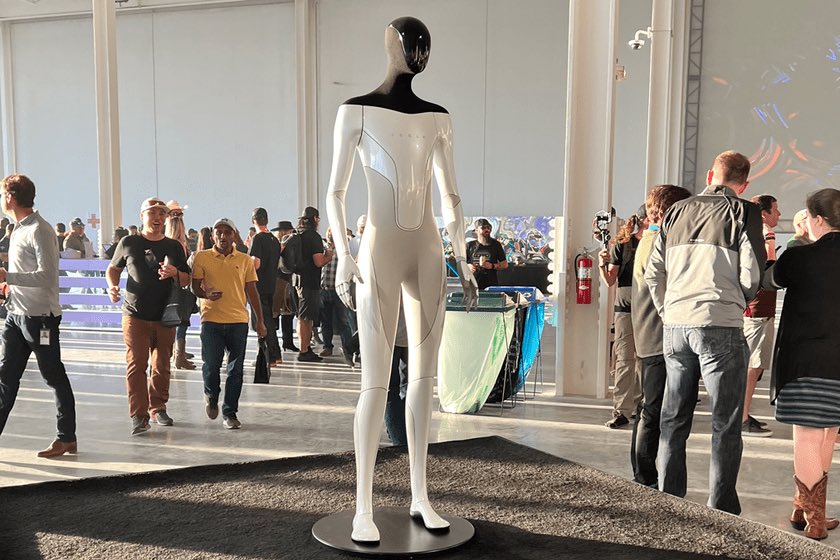
Elon Musk revealed a new capability that Tesla Optimus should have, and it is one that will surely surprise many people, as it falls outside the CEO’s scope of his several companies.
Tesla Optimus is likely going to be the biggest product the company ever develops, and Musk has even predicted that it could make up about 80 percent of the company’s value in the coming years.
Teasing the potential to eliminate any trivial and monotonous tasks from human life, Optimus surely has its appeal.
However, Musk revealed over the weekend that the humanoid robot should be able to utilize Tesla’s dataset for Full Self-Driving (FSD) to operate cars not manufactured by Tesla:
Probably
— Elon Musk (@elonmusk) October 5, 2025
FSD would essentially translate from operation in Tesla vehicles from a driverless perspective to Optimus, allowing FSD to basically be present in any vehicle ever made. Optimus could be similar to a personal chauffeur, as well as an assistant.
Optimus has significant hype behind it, as Tesla has been meticulously refining its capabilities. Along with Musk’s and other executives’ comments about its potential, it’s clear that there is genuine excitement internally.
This past weekend, the company continued to stoke hype behind Optimus by showing a new video of the humanoid robot learning Kung Fu and training with a teacher:
🚨 Some have wondered if this is ‘staged’ or if Optimus is teleoperated here
Elon Musk said this is completely AI https://t.co/N69uDD6OVM
— TESLARATI (@Teslarati) October 4, 2025
Tesla plans to launch its Gen 3 version of Optimus in the coming months, and although we saw a new-look robot just last month, thanks to a video from Salesforce CEO and Musk’s friend Marc Benioff, we have been told that this was not a look at the company’s new iteration.
Instead, Gen 3’s true design remains a mystery for the general public, but with the improvements between the first two iterations already displayed, we are sure the newest version will be something special.
Investor's Corner
Cantor Fitzgerald reaffirms bullish view on Tesla after record Q3 deliveries
The firm reiterated its Overweight rating and $355 price target.

Cantor Fitzgerald is maintaining its bullish outlook on Tesla (NASDAQ:TSLA) following the company’s record-breaking third quarter of 2025.
The firm reiterated its Overweight rating and $355 price target, citing strong delivery results driven by a rush of consumer purchases ahead of the end of the federal tax credit on September 30.
On Tesla’s vehicle deliveries in Q3 2025
During the third quarter of 2025, Tesla delivered a total of 497,099 vehicles, significantly beating analyst expectations of 443,079 vehicles. As per Cantor Fitzgerald, this was likely affected by customers rushing at the end of Q3 to purchase an EV due to the end of the federal tax credit, as noted in an Investing.com report.
“On 10/2, TSLA pre-announced that it delivered 497,099 vehicles in 3Q25 (its highest quarterly delivery in company history), significantly above Company consensus of 443,079, and above 384,122 in 2Q25. This was due primarily to a ‘push forward effect’ from consumers who rushed to purchase or lease EVs ahead of the $7,500 EV tax credit expiring on 9/30,” the firm wrote in its note.
A bright spot in Tesla Energy
Cantor Fitzgerald also highlighted that while Tesla’s full-year production and deliveries would likely fall short of 2024’s 1.8 million total, Tesla’s energy storage business remains a bright spot in the company’s results.
“Tesla also announced that it had deployed 12.5 GWh of energy storage products in 3Q25, its highest in company history vs. our estimate/Visible Alpha consensus of 11.5/10.9 GWh (and vs. ~6.9 GWh in 3Q24). Tesla’s Energy Storage has now deployed more products YTD than all of last year, which is encouraging. We expect Energy Storage revenue to surpass $12B this year, and to account for ~15% of total revenue,” the firm stated.
Tesla’s strong Q3 results have helped lift its market capitalization to $1.47 trillion as of writing. The company also teased a new product reveal on X set for October 7, which the firm stated could serve as another near-term catalyst.
-

 Elon Musk2 weeks ago
Elon Musk2 weeks agoTesla FSD V14 set for early wide release next week: Elon Musk
-
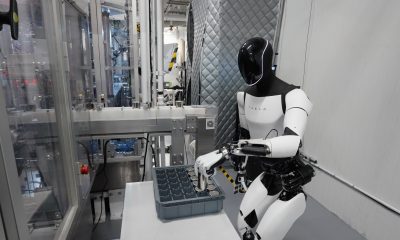
 News1 week ago
News1 week agoElon Musk gives update on Tesla Optimus progress
-
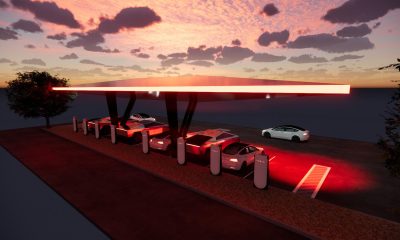
 News2 weeks ago
News2 weeks agoTesla has a new first with its Supercharger network
-
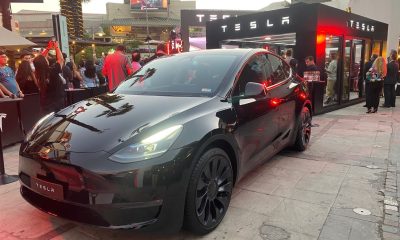
 News2 weeks ago
News2 weeks agoTesla job postings seem to show next surprise market entry
-
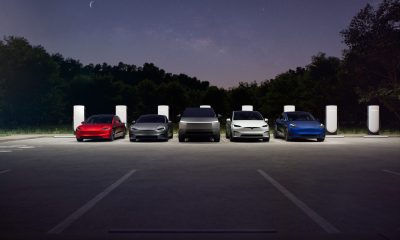
 News2 weeks ago
News2 weeks agoTesla makes a big change to reflect new IRS EV tax credit rules
-
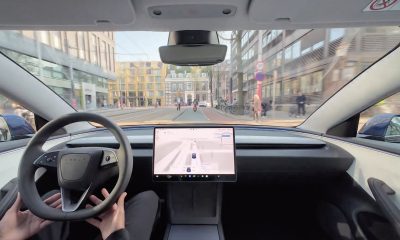
 Investor's Corner1 week ago
Investor's Corner1 week agoTesla gets new Street-high price target with high hopes for autonomy domination
-

 Lifestyle1 week ago
Lifestyle1 week ago500-mile test proves why Tesla Model Y still humiliates rivals in Europe
-
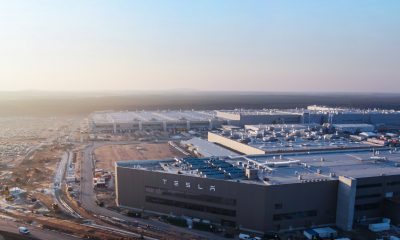
 News1 week ago
News1 week agoTesla Giga Berlin’s water consumption has achieved the unthinkable

